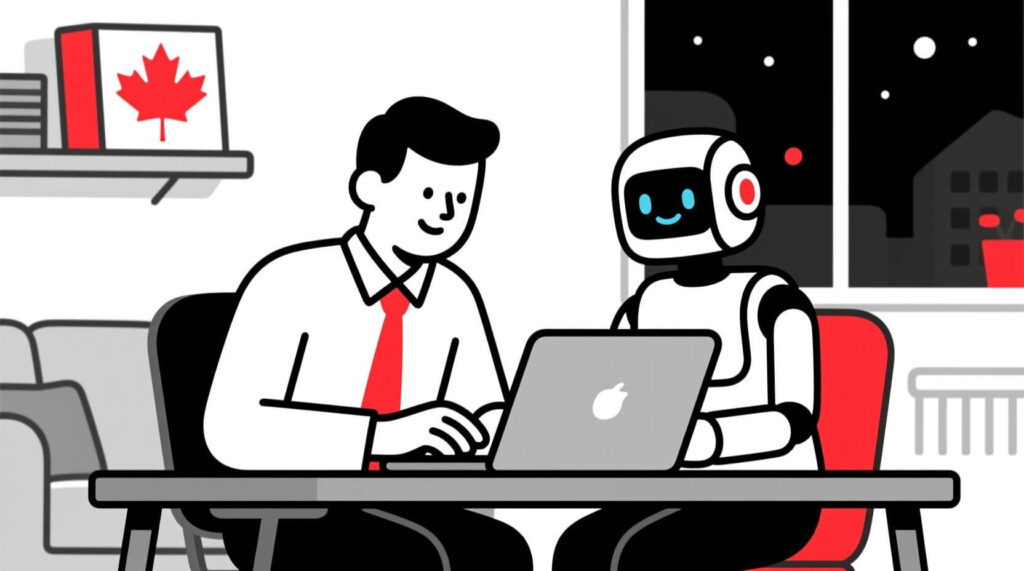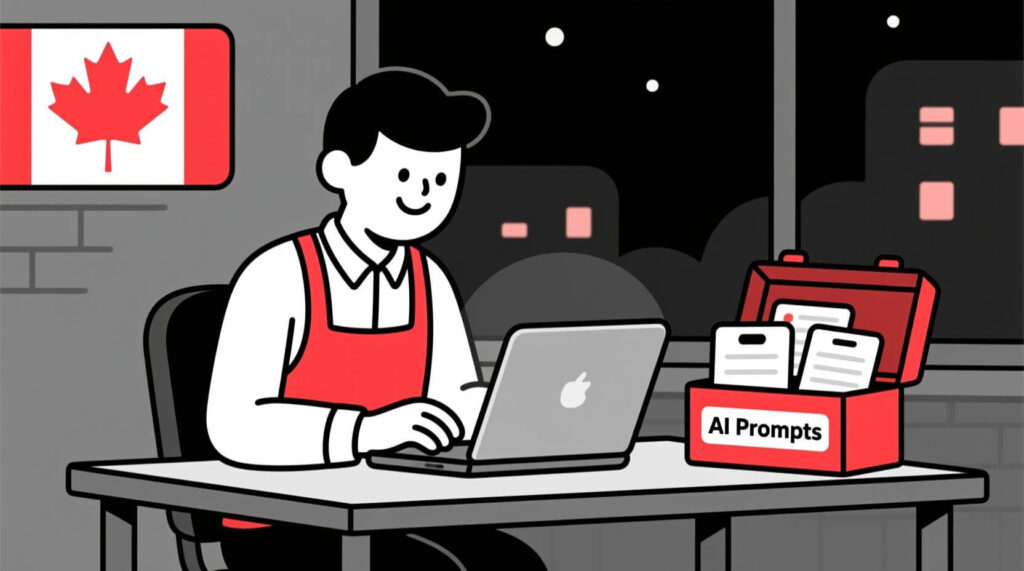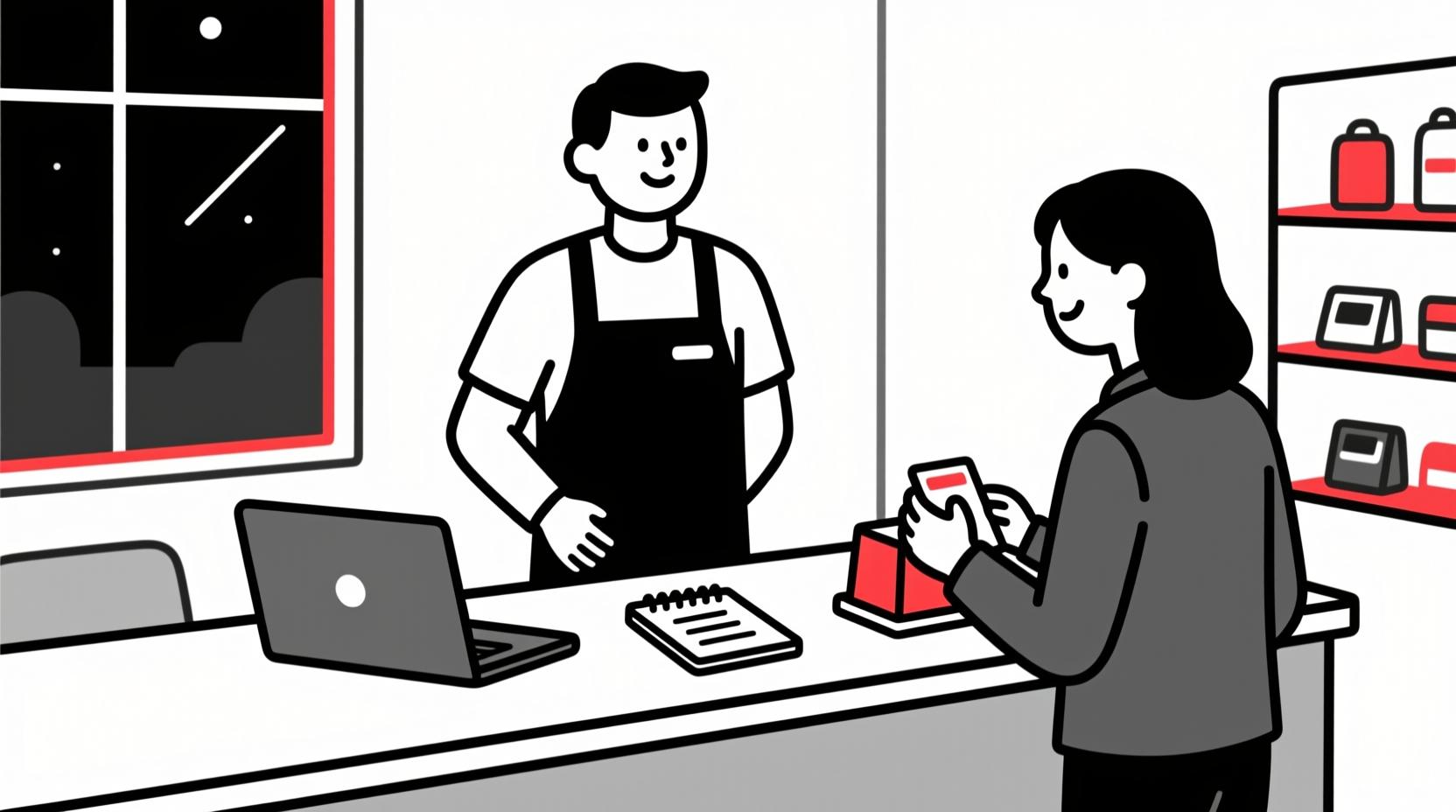
You’re in the boardroom. A respected member—the sharp, no-nonsense owner of the largest hotel in town—leans forward and asks a simple question: “That’s a great campaign, Mike, but are we absolutely sure this is what our visitors really want?”
In that moment, a vague, assumption-based answer isn’t just weak; it’s a liability. Operating on guesswork is the most expensive mistake in tourism. Globally, poor customer experiences driven by a misunderstanding of customer needs lead to an astonishing US$3.7 trillion in losses annually. Closer to home, businesses waste up to 30-50% of their ad spend on campaigns that simply miss the mark.This entire series has been about building a bridge from guessing to knowing. In this final post, we’ll bring it all together, showing how AI’s unique ability to synthesize all your data provides the ultimate competitive advantage: a deep, evidence-based understanding of what your visitors really want.
The Financial Chasm: The Jaw-Dropping ROI of “Knowing” Your Visitor
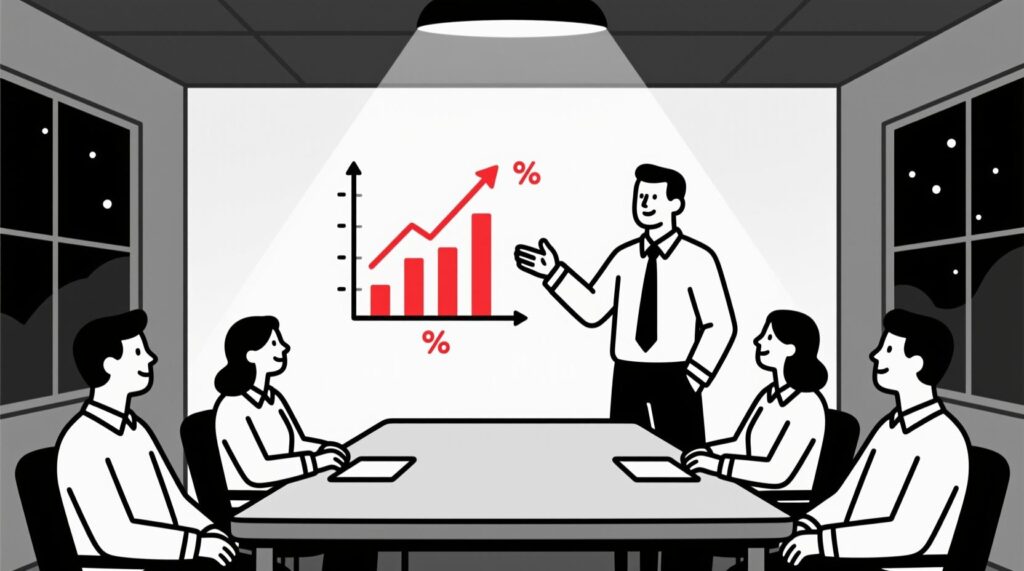
This isn’t about feelings; it’s about finance. The performance gap between organizations that guess and organizations that know their customer is a measurable chasm. The business case for becoming truly visitor-centric is undeniable, and these are the numbers your board needs to see:
- Rocket-Fuelled Revenue Growth: Customer-obsessed companies report 2.5 times greater revenue growth than their less-focused peers. (Forrester)
- Massively Improved Profitability: They also achieve 2 times higher growth in profitability. (Forrester)
- Dramatic Cost Savings: Customer experience leaders lower their overall cost-to-serve by 15-20%. (McKinsey)
Knowing your visitor isn’t a “nice-to-have.” It is the single most powerful lever you can pull to drive sustainable financial success for your destination.
The AI Synthesis Engine: From Cacophony to Symphony
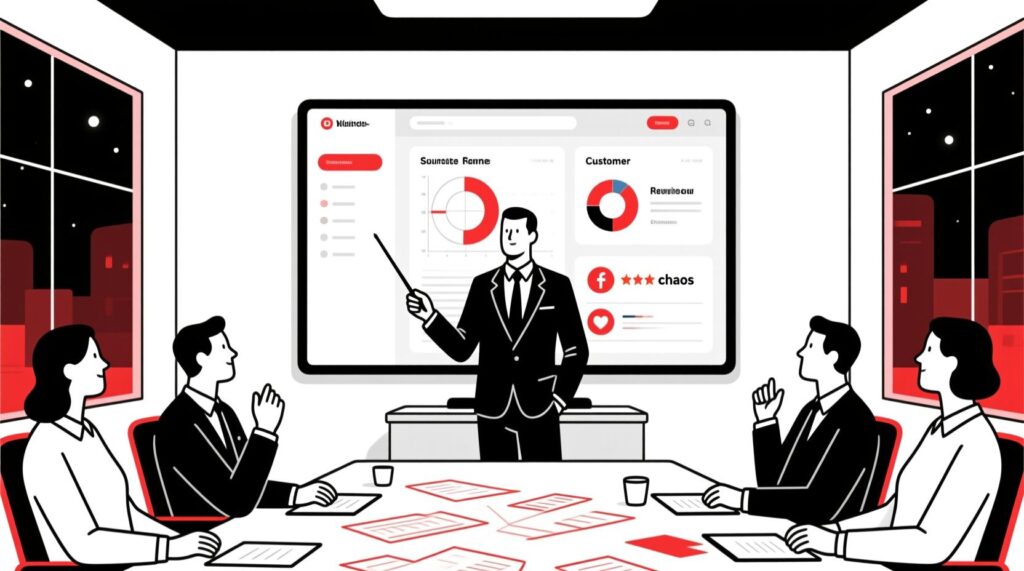
How do you get to that level of “knowing”? The biggest barrier has always been that your data is scattered everywhere. You have website analytics playing one tune, social media comments playing another, and visitor reviews sounding a completely different note.
This is the “drowning in data” problem that plagues even massive organizations like Walmart Canada, who found they had no “one version of the truth.”
AI’s ultimate superpower is data synthesis. Think of yourself as an orchestra conductor. Each data source is a different instrument. By itself, it can be noise. Your job is to make them play together in harmony. AI is your baton. It allows you to take all those disparate notes—a website click, an Instagram comment, a TripAdvisor review—and conduct them into a single, beautiful symphony: a unified, 360-degree view of your visitor.
The “Aha!” Moment: When Knowing Changes Everything
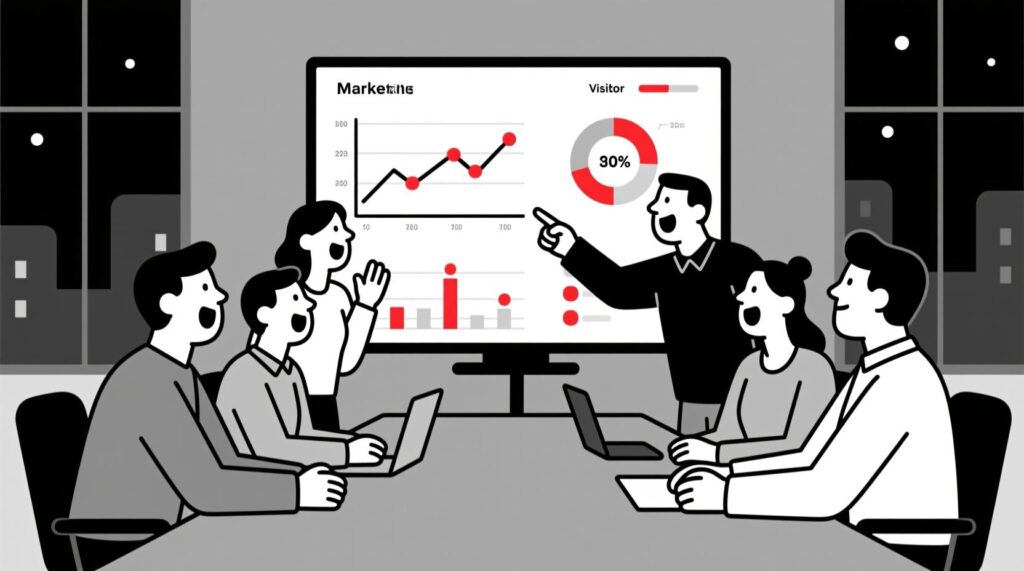
Sometimes, one single, data-driven insight can change the entire trajectory of your organization. Just ask Chartwell Retirement Residences.
- Their “Guess”: For years, they assumed their primary customer was the adult children of seniors. All their marketing was aimed at this group.
- The “Knowing” (from Data): A deep analysis of their own website data revealed a shocking truth. A full 50% of their audience were seniors actively researching for themselves—a massive, motivated market they were completely ignoring.
- The Result: This “aha!” moment triggered a complete strategic pivot. The outcome? A 50% increase in calls and a 10% increase in actual move-ins. That is the tangible, multi-million-dollar value of moving from guessing to knowing.
Canadian AI Guy’s Pro Tip: The Boardroom Briefing This entire series has given you tools to generate specific insights. Now it’s time to bring it all together and present it with authority. This final prompt transforms your AI into a strategic communications advisor, creating a powerful “Visitor Intelligence Briefing” for your most important stakeholders.
"Act as an expert Chief Marketing Officer preparing a quarterly briefing for my DMO's Board of Directors. I am providing you with three key insight documents:
1. [Paste the text of your 'DMO Mike' Visitor Persona document here]
2. [Paste the text of your AI-generated summary of Online Visitor Reviews here]
3. [Paste the text of your AI-generated summary of Social Media Chatter here]
Your task is to synthesize all of this information into a single, cohesive, and formal 'Visitor Intelligence Briefing'. The tone must be professional, data-driven, and focused on strategic implications. Structure your response using the following headings only:
1. Executive Summary: A 2-3 sentence, high-level overview of the key findings.
2. Validated Visitor Profile: A brief confirmation of who our target visitor is.
3. Key Strengths (What Visitors Consistently Praise): A bulleted list of the top 3 strengths to amplify in our marketing.
4. Key Areas for Improvement (Visitor Friction Points): A bulleted list of the top 3 challenges or service gaps that require attention.
5. Strategic Recommendation: A powerful, one-paragraph recommendation for the board, outlining the most critical strategic priority that emerges from this unified data."Your New Mandate: Chief Visitor Advocate
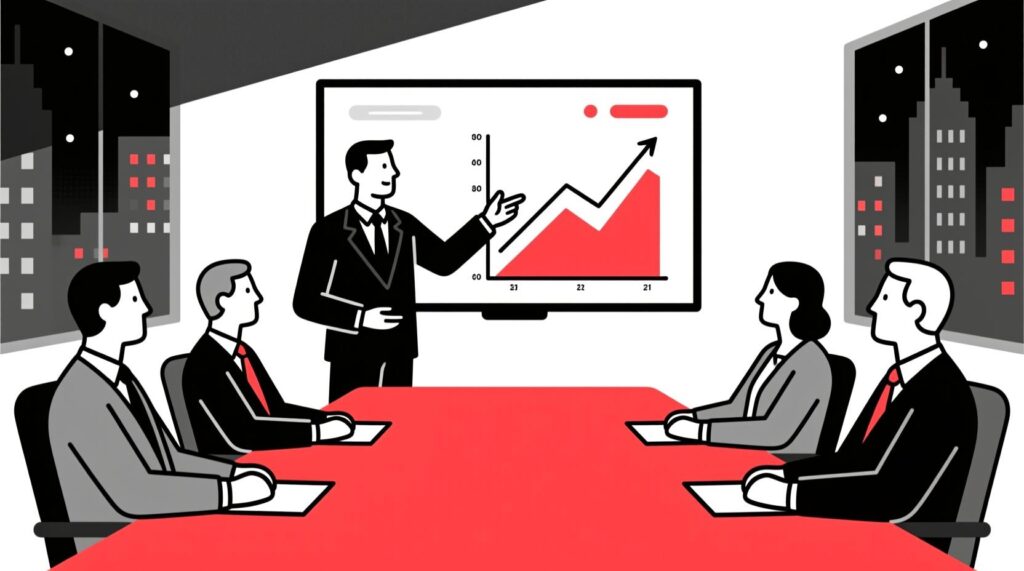
This seven-part series has been a journey. We started with scattered data and a lot of assumptions. Along the way, you learned how to use AI to build a clear visitor persona, decode the real meaning in reviews, analyze social chatter, forecast trends, and build a budget your board can believe in.
Each step was about replacing one small guess with one small certainty.
The ultimate lesson is this: data and AI are not just marketing tools. They are leadership tools. They give you the undeniable evidence you need to become the Chief Visitor Advocate for your destination.
Your new job is to be the person in every meeting—with your board, with city council, with your tourism partners—who brings the truth. When they discuss a new development, you bring the data on what visitors truly value. When they plan a new event, you bring the data on their biggest frustrations.
The most successful leaders of our time built their empires on this principle. Steve Jobs didn’t start with the technology; he taught us to “start with the customer experience and work backwards.” Jeff Bezos didn’t focus on his competitors; he built a culture that is relentlessly “obsessed with customers.”
That is your new mandate. Stop guessing. Start knowing. Use the incredible tools at your disposal to bring the authentic voice of the visitor into every room, onto every agenda, and at the heart of every decision. When you do that, you won’t just build better marketing campaigns—you’ll build a better, more resilient, and more prosperous destination for everyone.
People Also Ask
1. What does it mean for a DMO to be “customer-centric”?
A customer-centric DMO makes a deep understanding of visitor needs and motivations the starting point for all strategic decisions—from marketing campaigns and content creation to destination development and partner training.
2. What is the business impact of not understanding your visitors?
The costs are significant. Globally, poor customer experiences lead to trillions in losses. Tactically, businesses can waste 30-50% of their ad spend on poorly targeted campaigns that fail to resonate with the real needs of the audience.
3. How does AI create a “unified view” of the visitor?
AI-powered data synthesis platforms ingest data from multiple, disconnected sources (website analytics, social media, reviews, CRM data) and use machine learning to “stitch” it together, finding patterns and creating a single, holistic profile of the visitor journey.
4. What is the ROI of investing in a customer-centric strategy?
The returns are substantial. Research from top firms like Forrester and McKinsey shows that customer-centric companies achieve significantly higher growth in both revenue (up to 2.5x more) and profitability (up to 2x more) than their less-focused peers.
5. Why is “customer obsession” a leadership principle?
“Customer obsession,” a philosophy championed by leaders like Jeff Bezos, makes serving the customer the central, driving force of the entire organization. It’s a leadership principle because it requires a top-down cultural commitment to prioritize customer value above internal assumptions or competitor actions.

